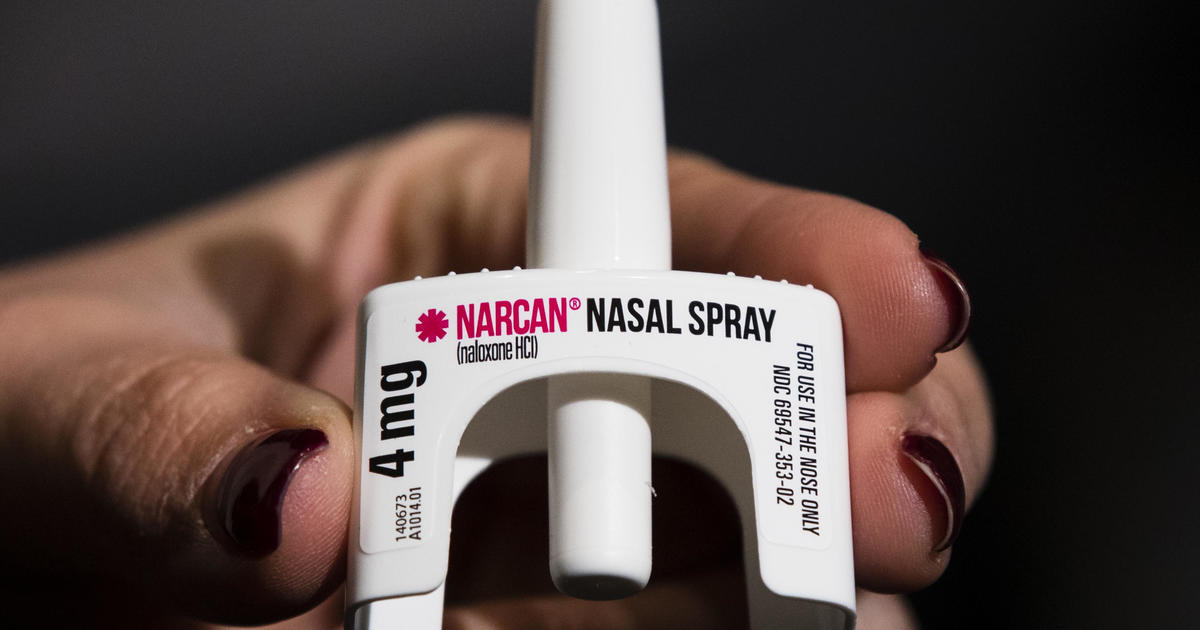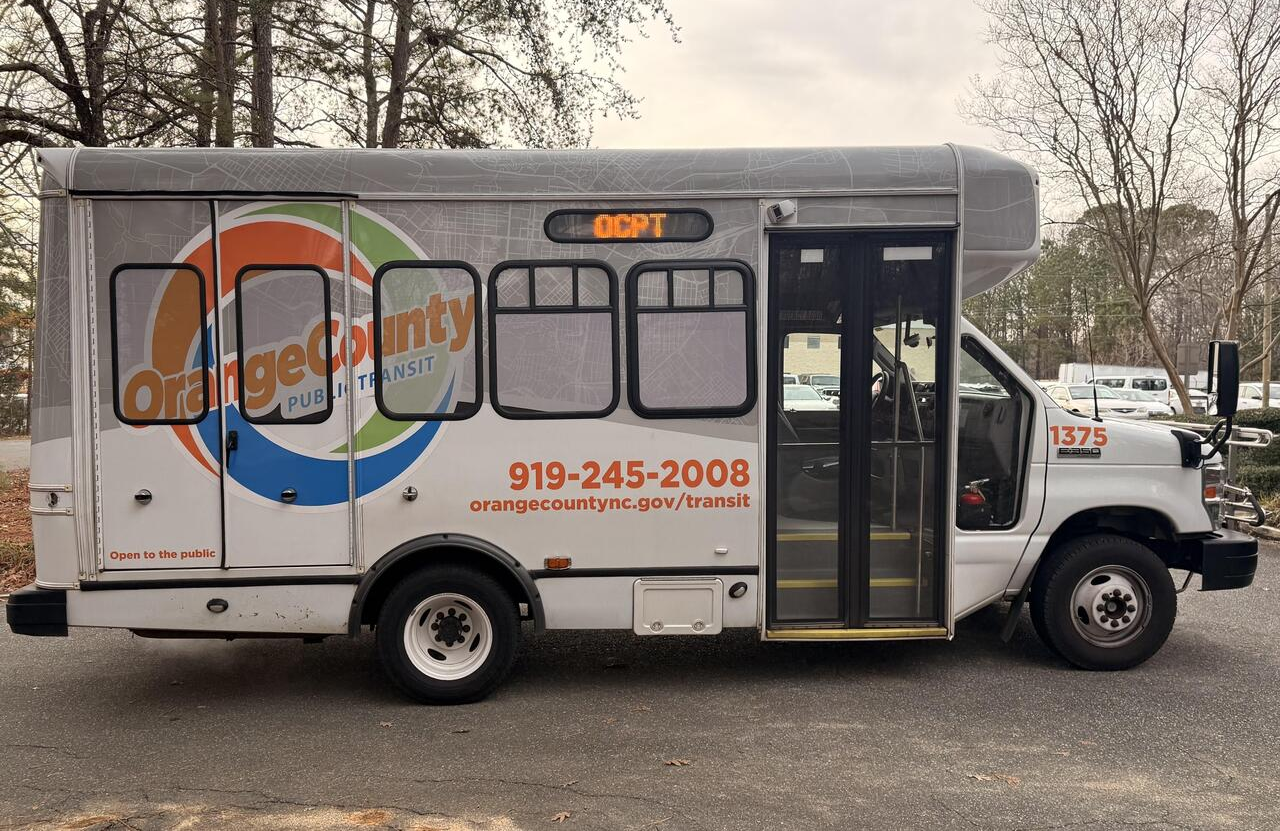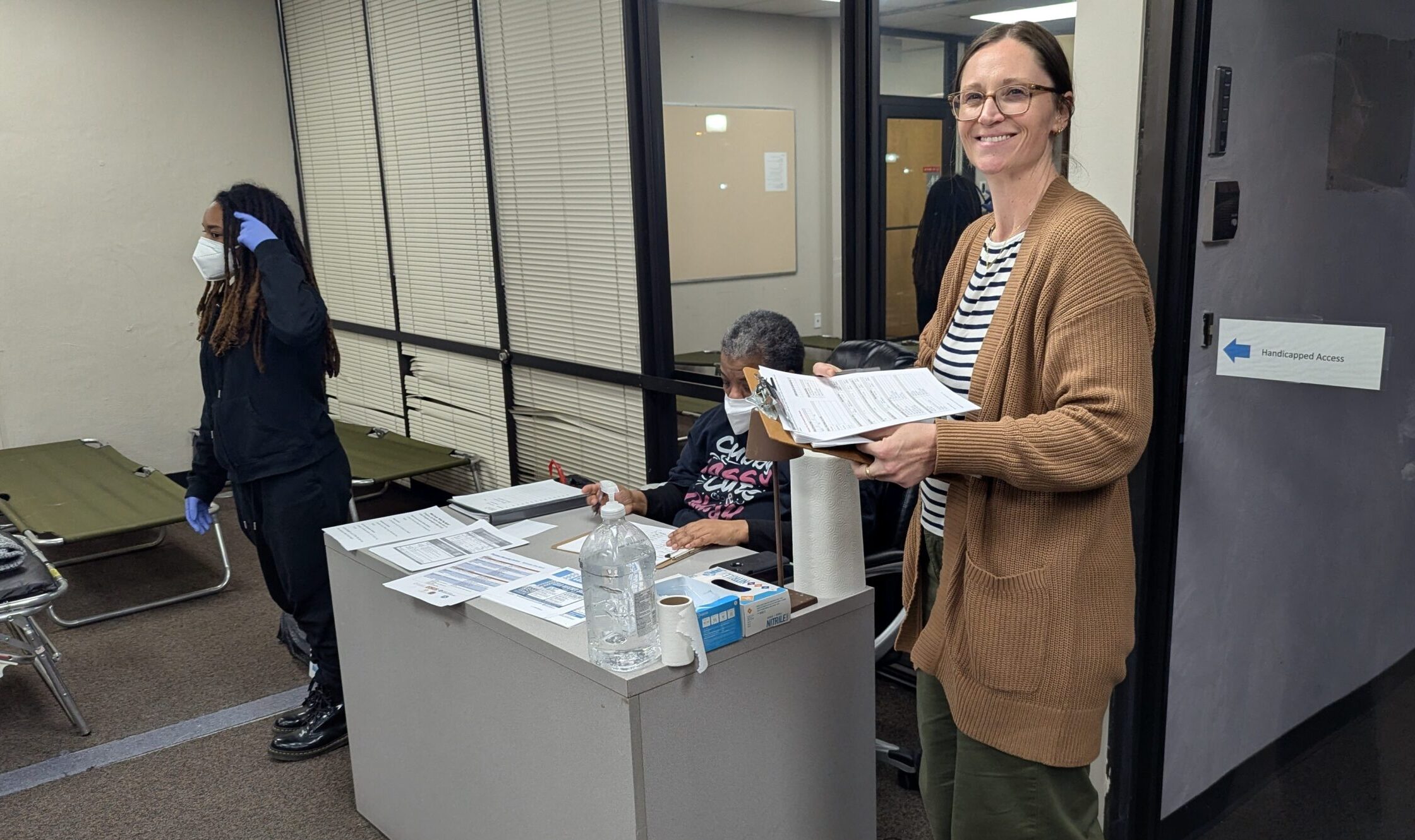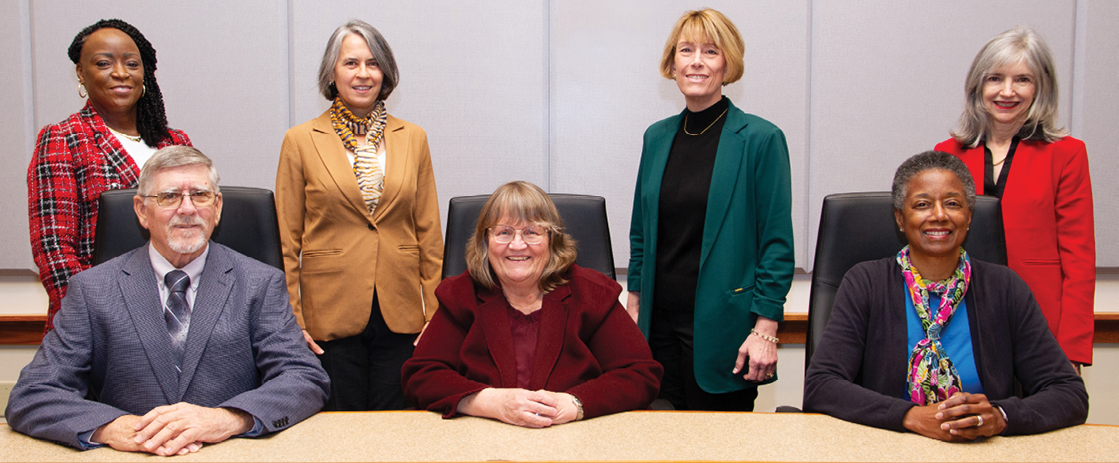Orange County and Alliance Health hosted a community forum in Hillsborough on Jan. 25 to address low-barrier housing. Several dozen members of the local community attended the forum, which focused on the causes of housing issues and the necessity of low-barrier housing with an emphasis on methods of harm reduction.
Low-barrier housing is defined as “housing that provides immediate and easy access with a focus on harm reduction and support” for people with significant obstacles, such as health concerns, homelessness, or re-entry from incarceration.
This event was a follow-up to a countywide assembly on the issue that Orange County Justice United hosted in November, after which the organization identified home preservation and re-entry housing as two main priorities for 2025.
The panelists were Russell Pierce, executive director of Housing for New Hope; David Crispell, executive director of Jubilee Home in Durham; Lyndsi Blank, manager of the Cornerstone Program in Wake County; Kristen Powers, executive director of Benevolence Farm in Alamance County; and Tiffany Hall, clinical coordinator of the Street Outreach, Harm Reduction and Deflection (SOHRAD) program in Orange County. The moderator was Orange County Housing director Blake Rosser.
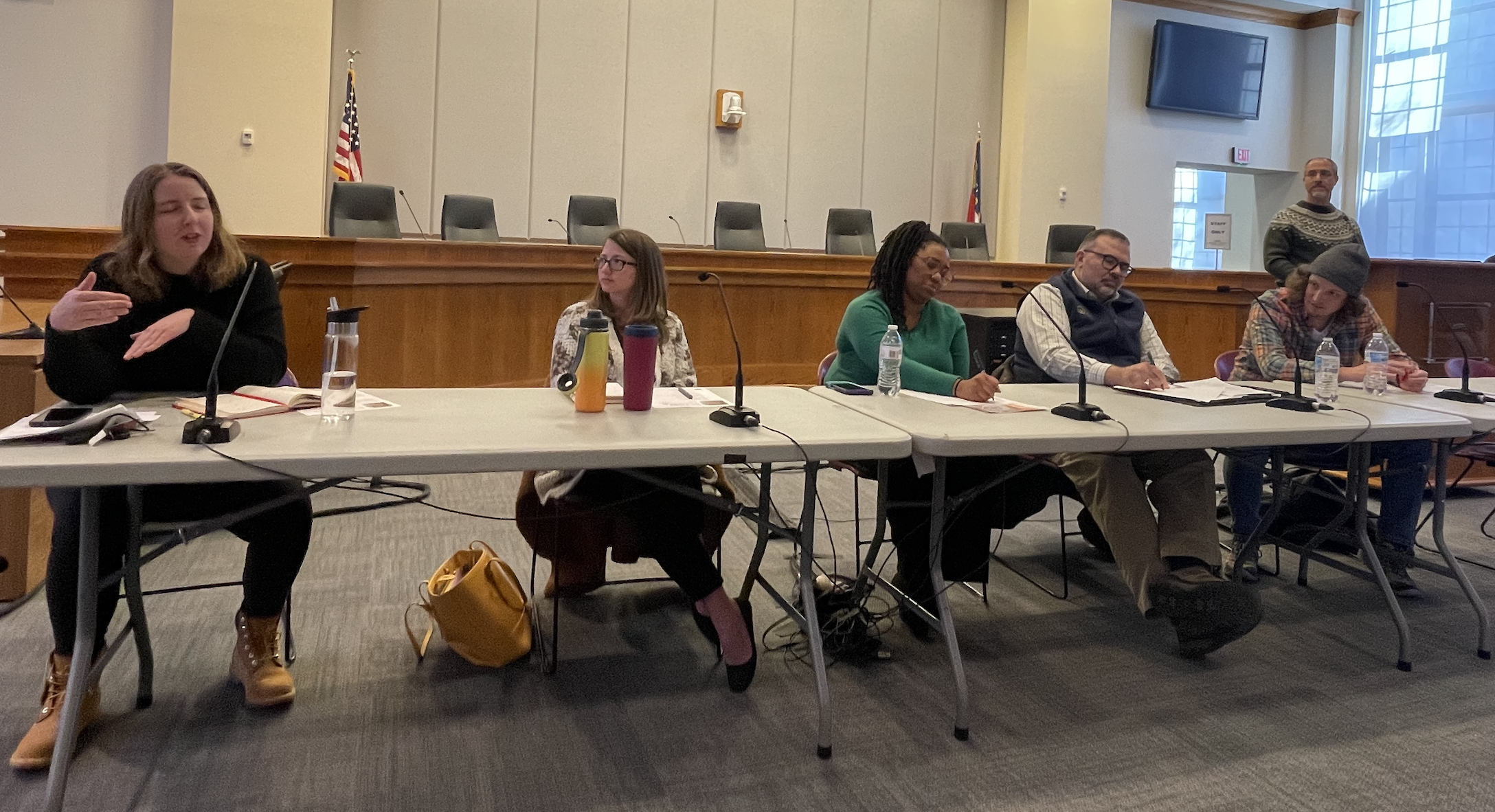
(Left to right) Kristen Powers, Lyndsi Blank, Tiffany Hall, Russell Pierce, and David Crispell were on the low-barrier housing panel, as Blake Rosser served as moderator.
Pierce was among those who described some of the factors contributing to the housing issue in the Triangle area, including rising costs amid a wave of gentrification.
“When we started experiencing rapid gentrification in Durham, we had a lot of folks who were living on the east side of town that had been very safely housed for a long time in our community-based supportive housing programs,” he said. “And they just lost their housing because the houses were sold and people wanted to live in them.”
Harm reduction was a recurring theme, with several of the panelists discussing how their organizations handle the specific struggles of individuals in need. Crispell gave the example of drug use.
“For those who are using drugs, who need housing, what that’s meant for Jubilee Home is we’ve had to become more open and learn more about how to provide appropriate services and maintain a safe environment,” he said. “And so that started with lower barriers, when someone is doing their intake at Jubilee Home and going through their assessments and processes, that includes a drug test. But that drug test is not a defining factor. No matter what that drug test tells us, that does not determine your housing.”
Blank discussed how commonly homelessness and acute mental health conditions affect veterans, and how the Cornerstone Program addresses their needs specifically.
“We have a veteran social worker on site at our men’s shelter as well, to address specific needs of homeless male veterans,” she said. “Sometimes there are veterans who maybe have been dishonorably discharged but still provided service, and they’re not eligible for some of those veteran-specific services, so we have vouchers set aside for those individuals too and help them find housing and connect them with all the veterans’ benefits that they’re eligible for.”
In addition to housing, Powers identified the necessity of programs that also help people attain a reliable income so they can eventually become self-sufficient.
“We need joint housing and employment, so we want to be able to come out and earn an income,” she said. “And so that, since our inception, has been the core, that we tie housing and employment together with one of our housing programs.”
Hall highlighted that a key element of SOHRAD’s goal in Orange County, and of low-barrier housing in general, is giving people an opportunity to put the past behind them and succeed despite prior mistakes and obstacles.
“For those of our residents or our clients who are trying to get into housing, we write letters of accommodation to the landlord, saying, ‘Hey, this is something that may have happened in their past,’” she said. “But what we’re trying to do is explain this is their past. This is something that happened, like offenses or anything like that, or could be due to their mental health or substance use in the past, so that we can give them a fair chance.”
The moderated section of the panel was followed by a Q&A session with the audience, which afterward split into six break-out discussion tables.
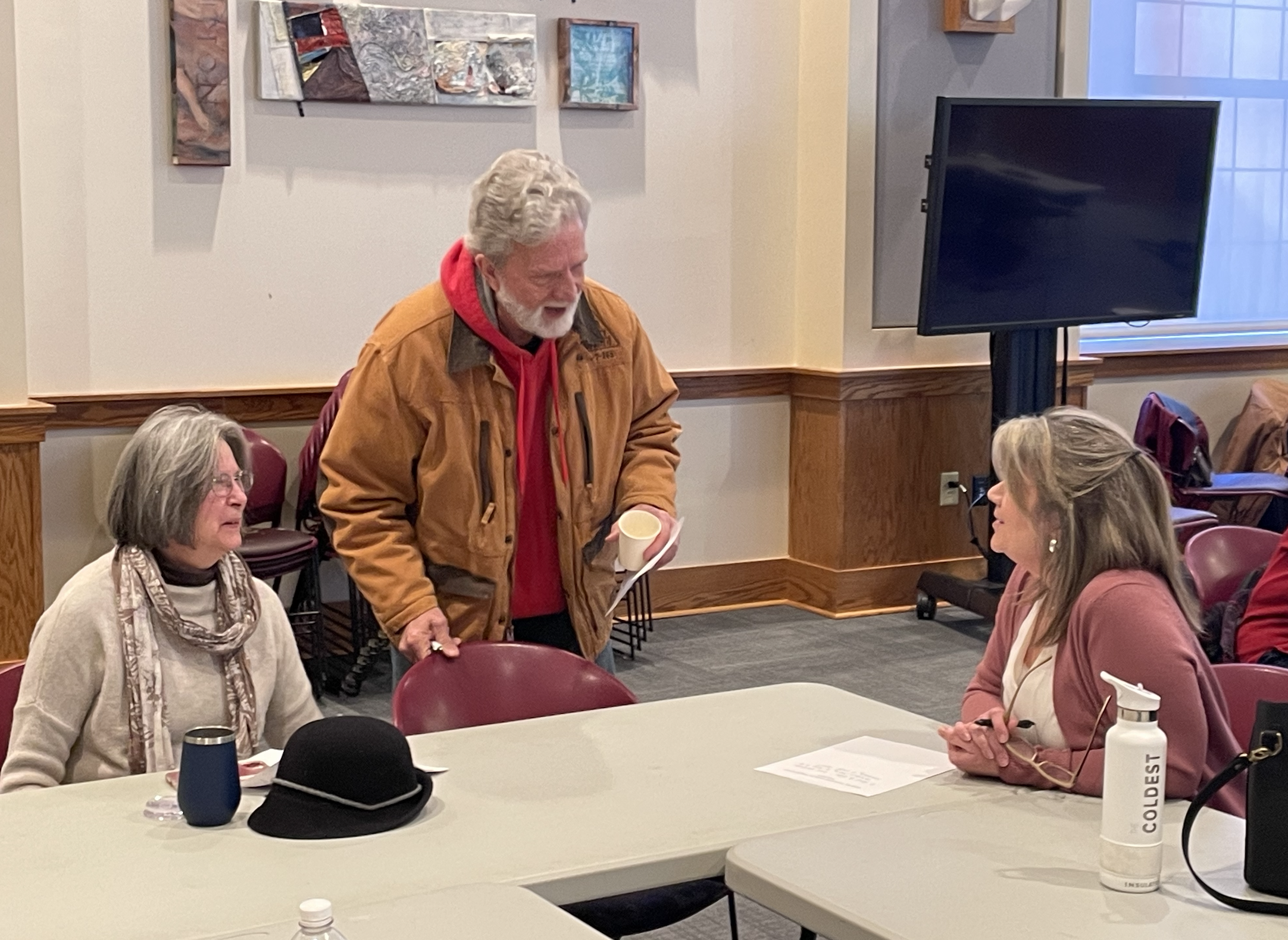
Attendees converse during the break-out discussion part of the forum.
Attendees at the forum received forms that asked their opinions on the populations most in need of low-barrier housing, additional supports needed for housing success, what success looks like, and thoughts on low-barrier housing programs and models.
The County Manager’s Work Group, which includes 11 local leaders in housing, public health, equity, and justice, will begin meeting monthly to identify opportunities, collaborations, and recommendations to address low-barrier housing in the wake of this forum.
A full video of the forum can be found here.
Chapelboro.com does not charge subscription fees, and you can directly support our efforts in local journalism here. Want more of what you see on Chapelboro? Let us bring free local news and community information to you by signing up for our newsletter.



